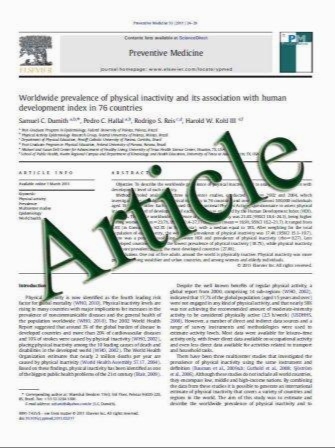Installation of mechanical ventilation in a horse stable: effects on air quality and human and equine airways
- نوع فایل : کتاب
- زبان : انگلیسی
- مؤلف : Robert Wa°linder Miia Riihima¨ki Susanne Bohlin Carl Hogstedt Tobias Nordquist Amanda Raine John Pringle Lena Elfman
- چاپ و سال / کشور: 2010
Description
Objectives To examine the effects of installing a mechanical ventilation system at a riding-school stable on indoor air quality and human and horse airways. Methods The intervention was the installation of mechanical ventilation in a riding-school stable. Carbon dioxide (CO2), ammonia, particles, horse allergen, microorganisms and endotoxins were measured in the stable. The stable-workers and riding-students completed a questionnaire and underwent the following tests: analysis of nasal lavage for inflammation biomarkers; levels of exhaled nitrogen oxide (NO); measurements of daily peak-expiratory flow (PEF). The horses were examined clinically by airway endoscopy and bronchoalveolar lavage (BAL) and were analysed for cytology and biomarkers. Results Levels of CO2 were nearly halved and airborne horse allergen levels were markedly reduced (5–0.8 kU/m3) after the intervention. A decreased level of ultrafine particles was observed (8000–5400 particles/cm3) after the intervention, while total and respirable dust levels were mainly unchanged (200 and 130 lg/m3). Levels of microorganisms in surface samples decreased following the intervention, whereas airborne microorganisms and endotoxin increased. There was no significant change in human symptoms, PEF-variability, exhaled NO or inflammatory biomarkers in the nasal lavage. In horses, the mean score of lower airway mucus was significantly reduced together with the mean level of expression of interleukin-6 mRNA in BAL cells after the intervention. Conclusions The installation of a mechanical ventilation system resulted in an increased air exchange rate, as demonstrated by reduced levels of CO2, ammonia, ultrafine particles and horse allergen. There was no significant clinical effect on human airways, but there was a tendency for reduced inflammation markers. The results on the horses may indicate less impact on their airways after the intervention.
Environ Health Prev Med (2011) 16:264–272 DOI 10.1007/s12199-010-0195-5 Received: 30 June 2010 / Accepted: 8 November 2010 / Published online: 25 December 2010


